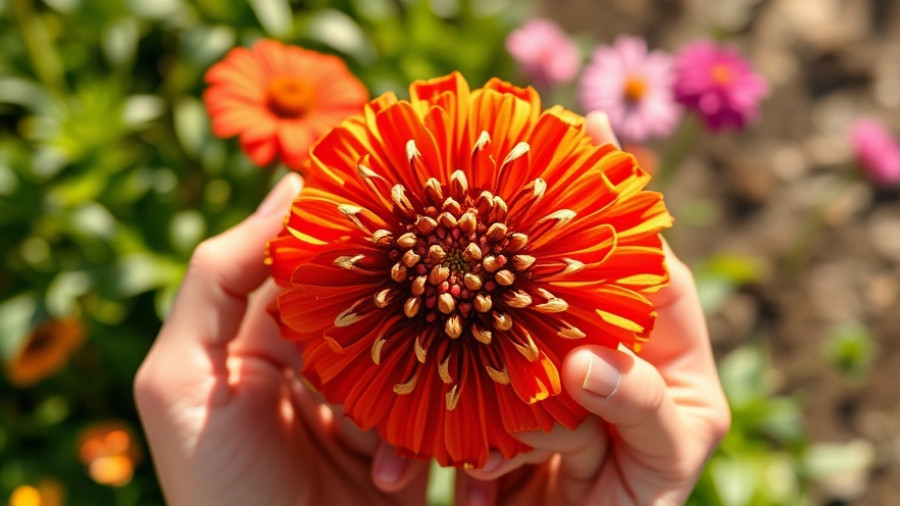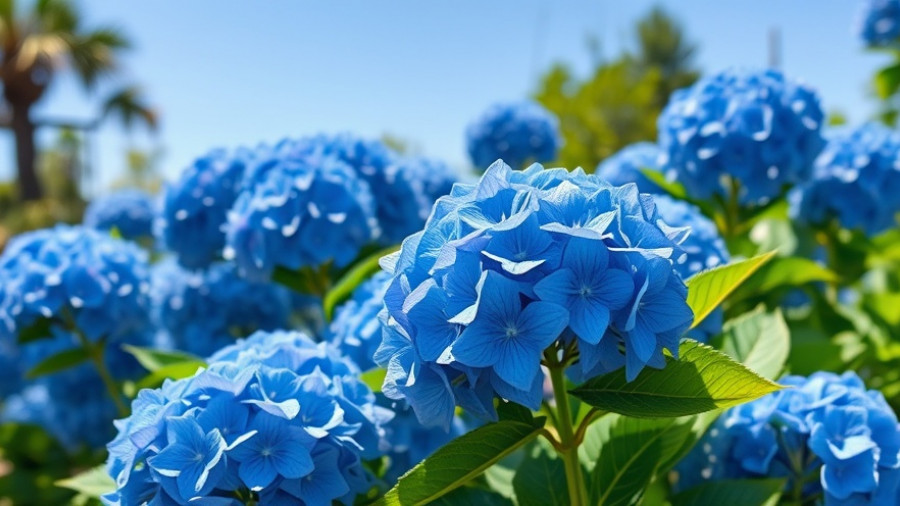
Quinoa: The Superfood of Your Backyard Garden
Quinoa has become synonymous with health consciousness and outdoor gardening. This pseudograin, celebrated for its complete protein profile, is increasingly finding its way into home gardens. If you're keen to add this versatile plant to your outdoor living space, knowing how and when to harvest quinoa is crucial for maximizing your yield.
Understanding Quinoa's Growing Needs
Before diving into how to harvest quinoa, it's essential to understand its unique requirements. Quinoa prefers cool, sunny summers, which mimic its native conditions in the Andes Mountains of South America. Outdoor gardening enthusiasts in regions like the Pacific Northwest and Northern Mountain States will find it particularly rewarding. A few watering tips? Quinoa is relatively drought-tolerant but thrives in well-drained soil. If your yard suffers from drainage issues, consider raised garden beds or container gardening to ensure your quinoa flourishes.
Timing is Everything: When to Harvest Quinoa
As fall approaches, gardeners should keep a close eye on their quinoa crops. Most varieties take between 90 to 120 days to reach maturity. The plants typically reach about three feet in height and produce colorful fruits that swell as the seeds ripen inside. The key indicators for harvesting are:
- Monitor the fruits – once they begin to wither and change color, it's time to act.
- Wait for dry weather – this helps prevent mold due to cool fall rains.
- Cover the fruits with mesh to protect from eager birds.
By monitoring these signs, you can harvest your quinoa just before mold takes hold, ensuring the seeds remain healthy and nutritious.
Harvesting Techniques: Getting It Right
Once the quinoa is ripe, the technique you use for harvesting can dramatically affect your yield. To harvest properly, follow these steps:
- Using scissors or garden shears, cut the flowering stalks while avoiding excessive shaking. This ensures minimal seed loss.
- Gather the stalks gently and place them in a basket or bag.
- After cutting, allow the harvested quinoa to dry in a warm area for a few days.
Implementing these tips will minimize seed loss and ensure you're maximizing your backyard harvest. Staying prepared with container gardening tools can simplify the process!
Securing Your Quinoa from Wildlife
Gardening isn't just about planting; it's also about protecting your yield. One way to safeguard your quinoa from birds and small mammals is by installing garden netting. This simple barrier keeps pests at bay while allowing sunlight and rain to reach your plants.
Additionally, consider creating a better environment in your garden by implementing yard drainage solutions. These measures can further enhance the health of your quinoa and other crops.
Recipe Ideas: Enjoying Your Harvest
Once you've harvested your quinoa, you're likely wondering how to best enjoy it. Here are some tried-and-true recipes that underscore its versatility:
- Quinoa Salad: Combine cooked quinoa with fresh veggies, nuts, and a zesty dressing for a refreshing meal.
- Quinoa Bowl: Layer quinoa with proteins such as grilled chicken or chickpeas and top with avocado and salsa.
- Quinoa Stir-fry: Toss cooked quinoa with your favorite stir-fried vegetables for a nutritious quick dinner.
These recipes not only make the most of your harvest but also highlight quinoa’s important role in healthy eating.
Final Thoughts on Your Quinoa Crop
Harvesting quinoa can be an incredibly rewarding experience, both for your well-being and your culinary projects. As you implement your garden planning tips, consider the heartwarming stories and satisfaction that comes from growing your food. With the right strategies and timing, your home garden can thrive, beautifying your outdoor space in the process.
For those eager gardeners out there, why not take this opportunity to engage even more with your outdoor living? Think about backyard makeover ideas that can enrich your gardening experience. Dive into the world of outdoor cooking with outdoor kitchen designs to integrate natural and fresh flavors from your harvest into your meals.
It's not just about growing quinoa; it’s about cultivating a lifestyle rich in health, sustainability, and community bonding.
 Add Row
Add Row  Add
Add 




Write A Comment